Measurement principle
The conductivity of a liquid medium may vary widely. Once the liquid reaches the fill limit determined from the installation height of the electrode, the liquid medium closes the DC free alternating current circuit between the two electrodes (or between the container wall and an electrode). A switching signal is produced from the sudden increase in current consumption.
Acids, lyes and solutions containing water are conductive and are detected very well. Aggressive liquids can be detected without problems using probes made from highly-resistant materials. Combustible liquids such as fuels, oils and solvents are nonconductive and cannot be measured by this measurement principle.
Operation mode
Two electrodes are installed above the surface of the conductive liquid to be monitored. If the liquid level rises to the point where both electrodes are in contact with the liquid, the current circuit of a connected relay is completed via the two electrodes and the liquid, activating aswitching signal.
The minimum conductivity of the liquid must be 10 µS/cm. These conditions are fulfilled by practically all conductive liquids, such as water, acids and lyes, with the exception of pure solvents.
If several switching points are needed, multiple electrodes should be used. In order to avoid electrical effects in the liquid, a DC free alternating current is used for measurement. This is generated by an electrode relay or a converter.
Interfacial level detection can be easily and economically achieved with this measurement method. Particularly with oil and petrol separators, the limit value between the water and the nonconductive liquid is easy to detect.
Advantages
- Simple, cost-effective measuring principle
- Multi-point detection with one process connection
- Liquid food applications
Applications
- To avoid overflow
- For maintaining a constant level to avoid material wastage
- For switching off pumps when running dry and indicating an empty tank to avoid wear and tear and production stoppage
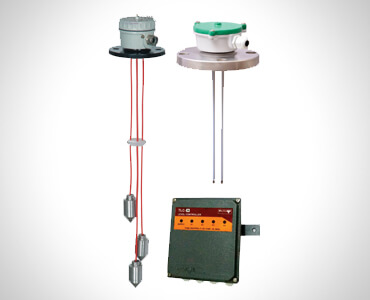
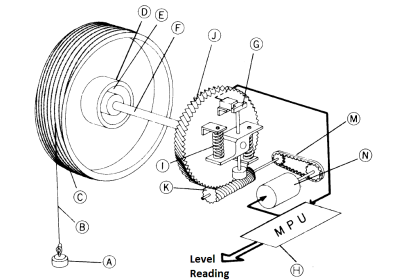
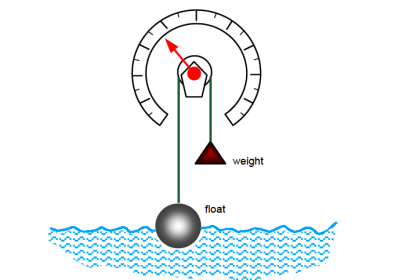
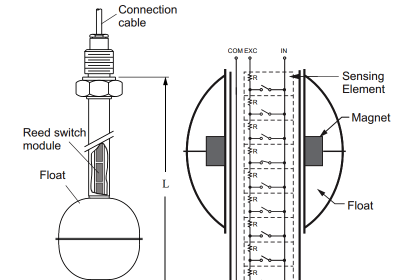
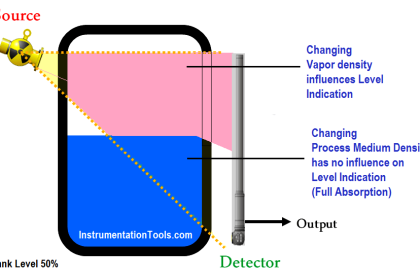
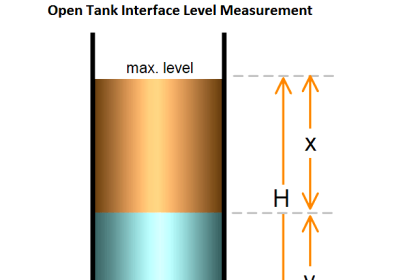
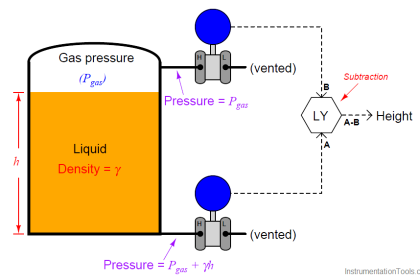
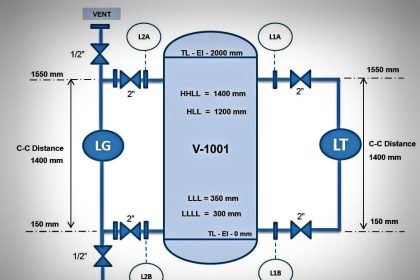
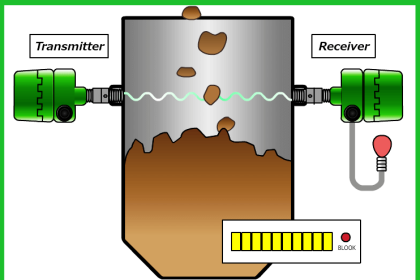
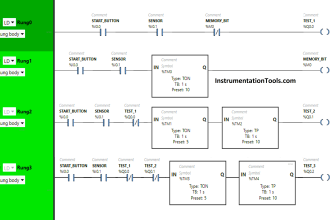
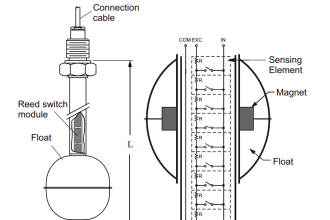



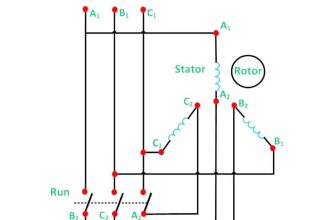
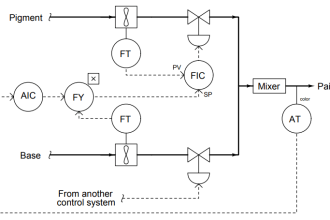
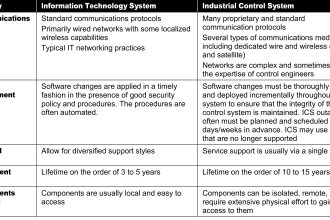

i need clarity in level measurement….for closed type tank what will be the instrument use???In the tank low presure side value not constant varay with water due to some disturbance???
For these applications, we use DP type for level measurement for vessels or tanks.
sir in the lp side filled by water….because of this measurement is collect level…so the water is filled in LP side.here DPT is used but not accurate..any new type of level measurement techniques is available??
Please start the discussion in Forum. You can find the forum link from the top menu. Pl Post your queires in forum. Thanks
Thank you sir, for this important information
for sump tank which type of level transmitter should be used.
Temperature of water : 300 Degree.